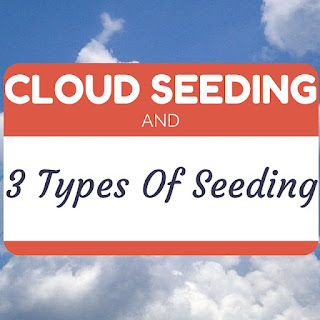Exotic Mushroom Farming: A Beginner's Guide
Exotic Mushroom Farming: A Beginner's Guide
Have you ever heard of mushrooms that look like a lion's mane or taste like seafood? These are called exotic mushrooms. They are special and different from the regular white mushrooms we see in stores.
What Are Exotic Mushrooms?
Exotic mushrooms are unique types of mushrooms. Some popular ones include:
- Lion's Mane: Looks like a white, fluffy ball. It is believed to be good for the brain.
- Shiitake: A brown mushroom often used in Asian cooking. It has a rich flavor.
- Oyster: Grows in layers and can be white, pink, or yellow. It cooks quickly and tastes mild.
- Enoki: Long and thin mushrooms with small caps. They are crunchy and often used in soups.
Why Grow Exotic Mushrooms?
There are many reasons to grow exotic mushrooms:
- High Demand: Many people want to buy exotic mushrooms for their taste and health benefits.
- Good Profit: Exotic mushrooms can be sold at higher prices compared to regular mushrooms.
- Easy to Grow: Some exotic mushrooms can be grown at home with simple tools.
- Healthy Food: They are low in calories and rich in nutrients.
How to Start Exotic Mushroom Farming
Starting your own exotic mushroom farm is exciting! Here's how you can begin:
1. Choose the Right Mushroom
Decide which exotic mushroom you want to grow. For beginners, oyster mushrooms are a good choice because they grow fast and are easy to handle.
2. Prepare the Growing Area
You need a clean, dark, and cool place. A room with controlled temperature and humidity is ideal. Make sure the area is free from pests and mold.
3. Get the Materials
Gather the following items:
- Spawn: This is like the seed for mushrooms.
- Substrate: Material where mushrooms grow, like straw or sawdust.
- Containers: Bags, bottles, or trays to hold the substrate and spawn.
- Water Spray: To keep the environment moist.
4. Inoculation
Mix the spawn with the substrate and place it into the containers. This process is called inoculation.
5. Incubation
Keep the containers in a dark place with the right temperature. Wait for the mycelium (white, thread-like growth) to spread. This can take a few weeks.
6. Fruiting
Once the mycelium has fully colonized the substrate, move the containers to a place with some light and fresh air. Maintain humidity by spraying water. Soon, mushrooms will start to grow!
7. Harvesting
When the mushrooms reach the desired size, gently twist and pull them out. Be careful not to damage the substrate, as more mushrooms can grow later.
Tips for Success
- Cleanliness: Always keep your tools and growing area clean to prevent contamination.
- Monitor Conditions: Regularly check temperature and humidity levels.
- Start Small: Begin with a small batch to learn the process before expanding.
- Stay Informed: Read books or join online groups about mushroom farming to learn more.
Selling Your Mushrooms
Once you have a good harvest, you can sell your exotic mushrooms:
- Local Markets: Farmers' markets or local grocery stores.
- Restaurants: Chefs often look for fresh, exotic mushrooms.
- Online: Create a website or use social media to reach customers.
Conclusion
Exotic mushroom farming is a fun and profitable venture. With some effort and care, you can grow delicious mushrooms that people love. Start your mushroom farming journey today!






Helpful content! NACL Industries in India delivers innovative agro chemicals for farmers.
Best Agro Chemicals.